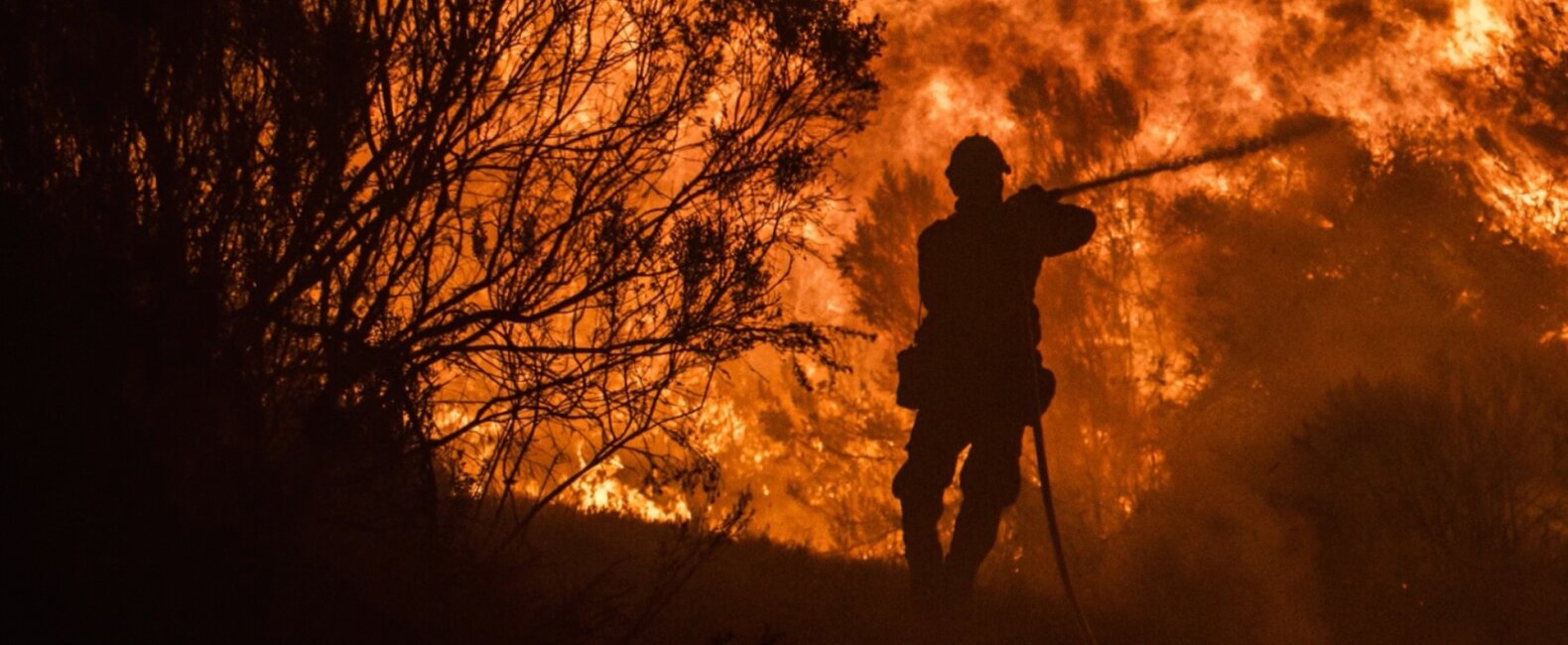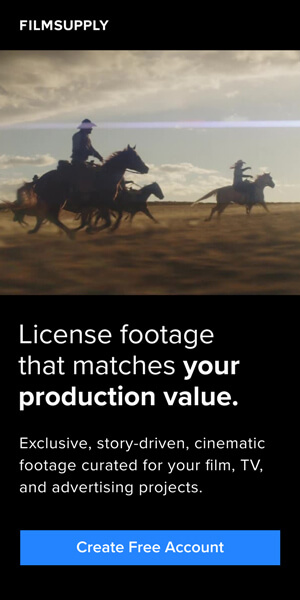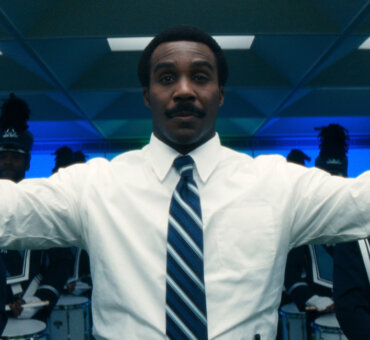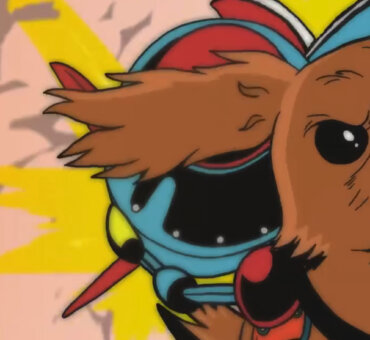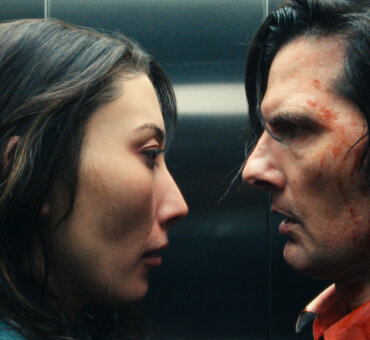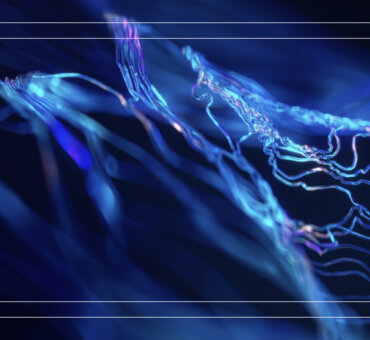In today’s fast-moving commercial landscape, creative longevity is earned, not given. For JD Smyth, editor and partner at Final Cut, that longevity has been built through decades of thoughtful collaboration, a deep respect for craft, and a willingness to evolve alongside the industry.
His work spans partnerships with directors like Errol Morris, Alejandro González Iñárritu, and Darren Aronofsky. But it’s Smyth’s approach behind the scenes—mentoring teams, refining process, and championing creative risk—that defines his legacy.
In this conversation, JD reflects on his early days cutting on tape, the evolving expectations of post-production, and what it means to lead creatively in an era of shifting formats, hybrid workflows, and generational change.
What led you to editing, and how did your journey bring you to Final Cut?
JD Smyth: I grew up in a dark room with bad posture and a solitary window for inspiration…oh never mind. I got my start as a Production Assistant for Ridley Scott Associates in London.
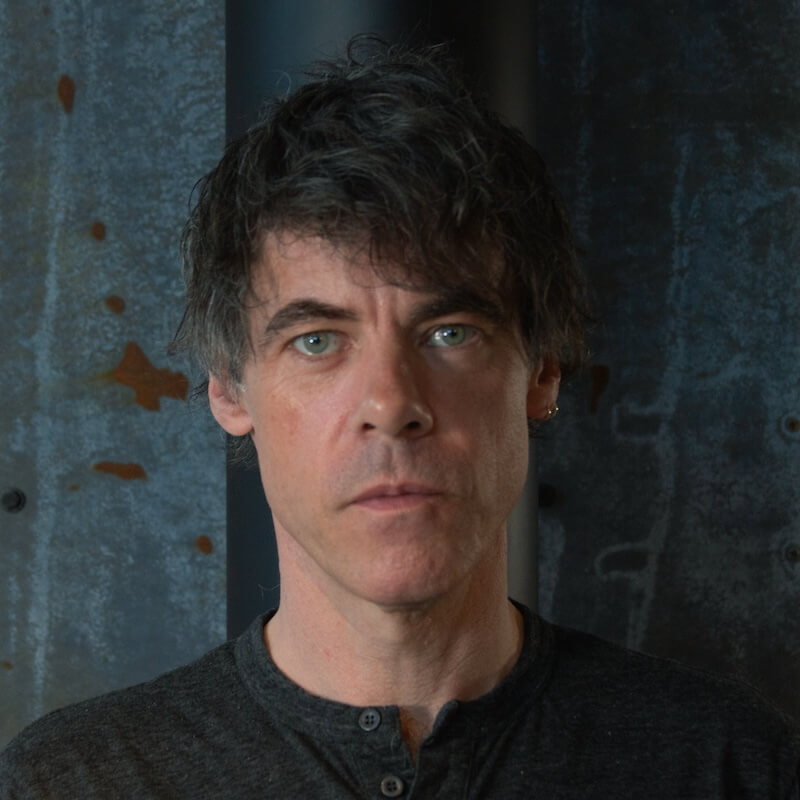
As a huge fan of Blade Runner, when I got that gig, I thought I’d made it. I worked in a lot of different production departments on set and at the office. From emptying the dishwashers to gathering research for Ridley, as well as camera, art, and wardrobe department assignments in between, I did everything.
I put together showreels on the 3/4-inch tape-to-tape machines, hammering away at the chunky buttons like I was playing whack-a-mole. We also used to lay down select movie scenes as reference for directors.
Without anyone asking for it, I started to make mood films out of those requests, cutting the scenes up into something close to the board’s intention and adding music. Fortunately, it seemed to work, and they didn’t fire me.
So when they bought an Avid, I was all over it. There was an influx of new directors who would edit their own stuff, and I assisted them while continuing to make the mood films. I started cutting commercials and music videos in-house.
Then I got a job offer in Los Angeles. And a few years later, I opened Final Cut Los Angeles with Saima Awan and the brilliant and dearly missed Eric Zumbrunnen.
How did you go from editor to partner, and what has that transition been like?
JD Smyth: Well, it was a war of attrition. This year marks my 20th year with Final Cut. I dug my heels in long enough, and eventually they caved! Kidding, of course. Final Cut has a storied history of talent that has grown within the company and stuck around, which is in no small part due to our founder Rick Russel’s ethos of creativity, craft, and professionalism.
The company’s DNA has always been about fostering talent, whether nurturing from within or inviting people on board when the time is right. Having benefited from others’ benevolence and goodwill, I tried to pay that forward myself.
I’ve been encouraging and pushing the younger generation toward their goals, sharing work in progress to get their opinion and help cultivate how they perceived and interpreted the work, and being around for those lovely moments when they would ask me to have a look at something they were cutting.
Becoming a partner hasn’t really changed any of that, but I was very grateful for the recognition it has brought. Hopefully, it projects a bit of inspiration for others.
What early experiences shaped your approach to editing and storytelling?
JD Smyth: Cutting those showreels at RSA was a huge eye-opener. The sheer repetition of the task meant you got to know the work intimately. Got to really study those commercials and music videos. Got to absorb the different rhythms of the work. I started to dissect the work based on the directors’ signature styles and tastes, as well as what was appropriate for the story.
I’m going to do the inevitable here and invoke Stanley Kubrick (sorry, I know everyone does it). He said about commercials:
“Some of the most spectacular examples of film art are in the best TV commercials … the editing, the photography … Forget what they’re doing — selling beer — it’s visual poetry. Incredible eight-frame cuts. You realize that in thirty seconds, they’ve created an impression of something rather complex. If you could ever tell a story, something with some content, using that kind of visual poetry, you could handle vastly more complex and subtle material.”
I’ve always loved feature films, and I was working for Ridley and Tony, two of the greatest British feature and commercial filmmakers, so there is something in Kubrick’s observation that resonates. Telling a story, all while selling a product, in 30 or 60 seconds, is an incredible discipline when you think about it.
Learning that economy of visual language is applicable to any length or format.
And back then, you had films like Tarantino’s Reservoir Dogs and Tom Tykwer’s Run Lola Run that were experimenting with fractured narratives. They weren’t the first to do so (Rashomon?).
But exploding the idea of a linear narrative was a real eye opener, whether it manifested itself as temporal strands of story or all-out abstract expressionism. Those directors’ reference reels would often include snippets from Koyaanisqatsi, an epic celluloid tome poem.
RELATED READS: Going from Assistant Editor to Editing Your First Feature: An Inside Look
There was this incredible locus point in the late 1990s: Digital nonlinear editing, which encouraged frame cutting and quick edits, and an acceleration in digital compositing’s possibilities, particularly when combined with motion control rigs.
But there was also this almost archaic interest in pushing what you could do with a film camera, whether it was pre-flashing or bleach-by passing the negative, in camera speed ramping or “popping” the camera producing those speed and light surges that became their own aesthetic, to rigging cameras for crazy forced perspective shots, to the mash-ups of film formats from Super-8 to Super 35.
The best example of this analogue/digital inflection point I can think of is this Frank Budgen commercial for Capital FM Radio:
The effect wasn’t as boundary-pushing or slickly rendered as the Wachowskis’ use of “bullet-time” in The Matrix three years later. But the visual imperfections paired with the sound design perfectly encapsulate the tagline.
How do you approach building long-term creative relationships with directors and agencies?
JD Smyth: Ultimately, it’s all about trust. You execute the vision of the directors and the agency (always cut the boards!). But of course you always want the chance to play.
We’re all a bit egotistical and want to leave our grubby fingerprints on it, but you have to appreciate how long the agency and production have been absorbed in the project before you came on board. They are looking to you as an editor to execute the intent and be another head in the game, to bring a fresh and informed perspective to the piece.
Cutting on-set can be fun, but it’s important that we’re a little removed for everyone’s sake:
“But it took ages to set up that shot. We have to keep it!”
“Yes, and here it is. But let me show you why you may not need it”.
Being able to have that conversation only comes from listening, and you can only show you’ve listened by turning up to the idea and manifesting it. Then you can go for the wobbly “So, I had an idea” moment, sharing your “outside-the-box” idea. It’s scary but possible because you haven’t short-changed the process.
You also have to be willing to try things out, to balk at a suggestion, only to be pleasantly surprised at the outcome after giving it a try. But that involves humility.
Maybe I’m wrong?
Maybe there’s a better way that I’m not seeing?
Who gives a shit—try it. Ultimately, it ceases to be yours anyway; you have to give it away to the audience and let them decide.
Trust your collaborators and trust your instincts, but never get comfortable and stop challenging your assumptions and those of others.
RELATED READS: Ellie Ware on Why Communication is Key in Video Production
How do you foster a culture of innovation and creativity within your team?
JD Smyth: What did everybody mean by “culture” and what that signified post-pandemic? We’re still answering that question across the industry. It’s about sharing work while you’re in the trenches, so to speak.
It’s important to get different perspectives, to give the assistants, producers, and runners a chance to peek in at the process and see how edits evolve, while giving the editor fresh eyes on something they may have lost themselves in.
For the partners, it’s really listening to what others have to say, being open. We have an emerging AI group of enthusiasts at Final Cut. They’ve immersed themselves in the various platforms in that field, and the rate of evolution is eye-watering. I had a pathological fear of AI until Spencer Campbell opened my eyes to what was possible in mid-journey and runway.
Sometimes it’s important to go back to the archives as well. Somebody told me the other day that the ’90s are back, which, of course, gives me the opportunity to pontificate to the young’uns on work that I think was notable from that time.
What’s one project that pushed your team creatively and changed how you think about editing?
JD Smyth: I think it would be challenging to pick just one; if you’re willing, you always learn something new on every job, whether it be approach, technique, or just navigating personalities in the room.
RELATED READS: Karen Kourtessis on Why Every Project is an Opportunity to Grow as an Editor
I’ve just been working for a very high-end luxury brand. It took me a good couple of days to align myself with their brand taste, what shots were appropriate, and what kind of edit style.
The biggest challenge hasn’t been adjusting to the changing technological landscape, but acclimating to the temperature of the new generation of creatives.
On the one hand, I’d be lying if I said that I didn’t feel there was a lot of handholding and education that’s needed when you’re dealing with younger creatives. They haven’t really come up in an environment where they’ve been given the chance to understand the process fully.
Every agency team seems to get pulled all over the place these days, whether it’s monitoring multiple projects or pitching for new ones. So, just getting their attention, through no fault of their own, can be tough.
On the other hand, that supposed naiveté is kind of refreshing. It gives you a lens to look at the work without your own preconceived notions and attitudes you’ve built up over time.
Change is the only constant, and that’s never more true than in the creative realm. The dichotomy I find is that you have to try to be both teacher and student at the same time. That’s where the fun lies.
RELATED READS: 10 Award-Winning Editors Share Key Components of the Craft
What major shifts have you seen in commercial filmmaking, and how has Final Cut adapted?
JD Smyth: Honestly, there was a time when we all viewed social media with a bit of a pretentious and poncey raised eyebrow. We hoped that Vine wouldn’t have any legs and that people would learn to rotate their phones to watch (as originally intended). Now look where we are!
The funny thing is we’re almost done with the familiarity transition. Now, we’re rewriting the visual language in really interesting ways: the way your eye scans different aspect ratios, for instance.
The creator revolution that happened over the past decade or so led to the elevation of new tools at work, Premier Pro being the most obvious example, and it definitely reflected generationally. In the US, the company is still split between Avid and Premiere, and there are constant pros and cons discussions, which I’m always invested in.
RELATED READS: Essential Keyboard Shortcuts to Use in Premiere Pro, FCP, DaVinci
In truth, they’re all still fundamentally the same under the hood. Premiere is an incredible multi-media app, and Avid’s strength is in its simplicity as an editing app.
The assistants have definitely had to level up in terms of their screen comp game. That’s an expectation now because of the world we live in and the ubiquity of our phones that you can’t just have a plate shot of a blank phone and tell people what will fit in there.
The transition to cloud-based storage is finally a real, workable solution. It’s both incredible and inevitable how fast that was accelerated, largely due to that huge event a few years ago. Remember humming “Happy Birthday” twice while washing your hands?
What’s one piece of advice you would give your younger self?
JD Smyth: Oh, that’s a big one. Are we talking life or editing? (Is there a difference?)
In general, chill out and try to have fun. You should really learn to enjoy the process for its own sake and not feel obligated to get it all polished with the bells and whistles on. Don’t be too precious about anything. Trust your instincts, but be prepared to toss it all away. (Save all your edits; you can always come back to where you were.)
RELATED READS: Behind the Scenes with Sam Epstein: Memorable Projects and Career Lessons
These are all the lessons you learn along the way, and you don’t really learn them without a little struggle. So, would my younger self even know to listen to older me?
Also, really try to understand where the other person’s coming from. I try to instill that in the assistants and junior editors. Your independent perspective on the work is invaluable, but you have to remember that the director and/or agency have already spent months on this job before you got a first look at the dailies.
It takes a while to learn the art of discipline in visual language, to trust your instinct, and also to know and understand what each image is doing. To save the handheld shot for exactly the right occasion, enhancing its poignancy, because it hasn’t been used anywhere else.
When I started out, I would just fall in love with everything and want to get everything into the edit. Time teaches you to be judicious.
What’s one thing that’s inspired you lately?
JD Smyth: The piece I just edited for Johnny Hardstaff for our mysterious client, “Mr. Jonathan.”
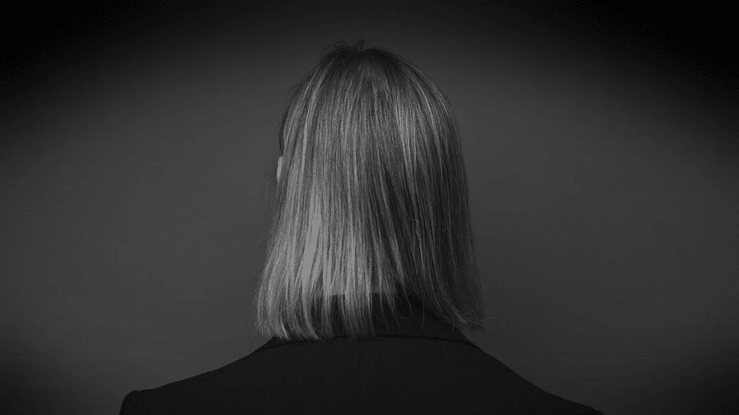
I’ve worked with Johnny a fair bit over the years. He has a very discerning eye and a peripatetic cranium. His influences aren’t particularly apparent; everything is a lovely synthesis of multitudinous inspirations. All rendered with wit, and he’s never not done his own thing. It’s properly inspiring to be a part of his process.
The film Flow. It’s pure cinema in a way I haven’t seen in ages.
Steven Soderberg did that experiment where he turned Raiders of Lost Ark into a black-and-white silent movie to illustrate the “high level visual math shit” of Spielberg’s visual fluency.
Flow is a great use of the visual language, where you know exactly what is happening without relying on exposition. The sound in Flow is also incredible, and there’s no dialogue. The animals behave like animals, and it’s all skilled animators who’ve studied animal movement and then key-framed the performances. They’re digital puppeteers. It has the feeling of being shot for real. Highly recommend.
Why would you recommend Filmsupply as a resource for editors, agencies, and post houses?
JD Smyth: It’s a matter of taste. Most of the stock houses still have that legacy of corporate stink about them. The thing that was different about Filmsupply from the outset was the quality of the footage available. It didn’t feel like stock footage, with good reason. They’ve got cinematic and poignant visuals that didn’t seem like a placeholder.
It’s interesting that in the age of AI, there’s still that yearning for the organic. And I think, for now, most discerning eyes can tell the difference.
It’s been mentioned on this site before, but Final Cut NYC editor Matt Carter created a music video for Nas’s ‘Ugly’ based on minimal footage of Nas’ performance. Matt built the rest of the music video from the ground up, so to speak, using only Filmsupply footage.
When you look at the final result, it really feels like the whole piece was captured on the day. It’s a remarkable film, not least because of the material sourced from Filmsupply, but also because of how it manifested into the final film.
